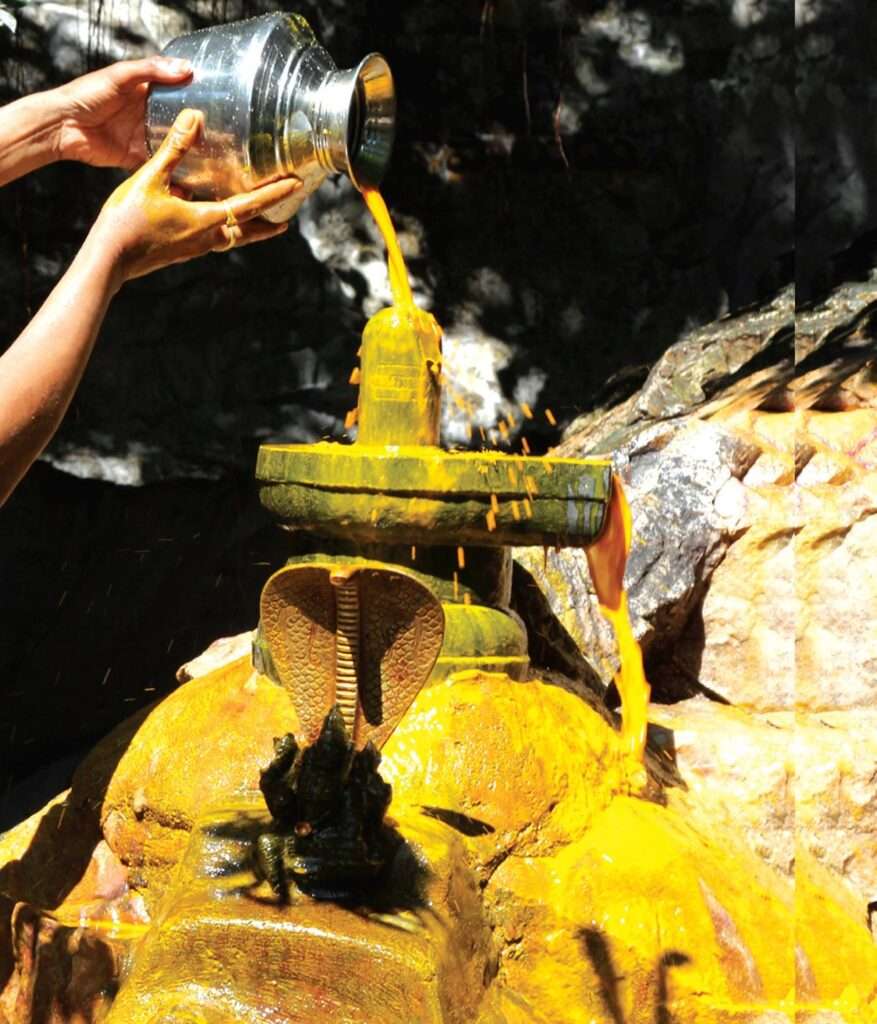Kshetrapalaka Sila (A stone of Kshetrapalaka i.e., an inferior manifestation of Shiva) In the premises of Dhwajasthambha Mandapam towards the northeast direction, you can find an elevated stone platform whose height is 18 inches. This platform, which is similar in shape to the Balipeetham is known as Kshetrapalaka Sila (Kshethrapalaka Stone). click here to read Read More
Tag: Kshethrapalaka
Tirumala is the abode of Lord Vishnu in the form of Lord Venkateswara. But the Kshethrapalaka (custodian) of the temple is Lord Shiva.
Kshethrapalaka Sila / A stone of Kshethrapalaka
Kshethrapalaka Sila (A stone of Kshethrapalaka i.e., an inferior manifestation of Shiva) In the premises of Dhwajasthambha Mandapam towards the northeast direction, you can find an elevated stone platform whose height is 18 inches. This platform which is similar in shape to the Balipeetham is known as Kshethrapalaka Sila (Kshethrapalaka Stone). click here to read Read More

